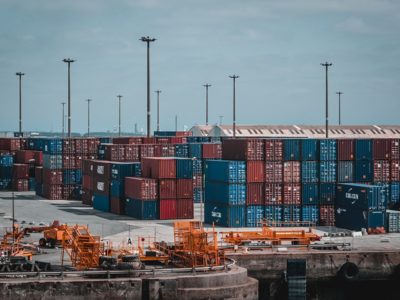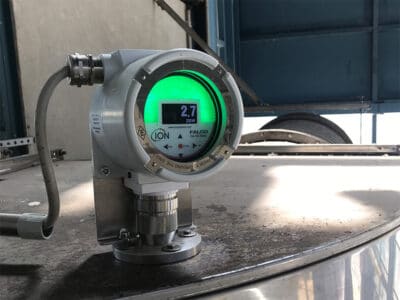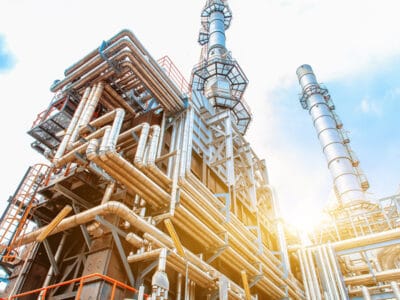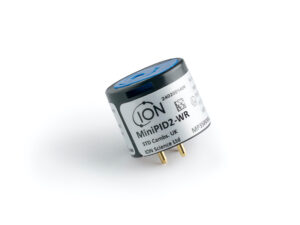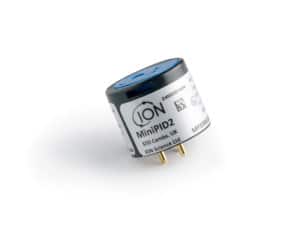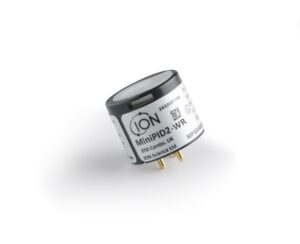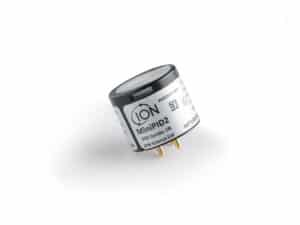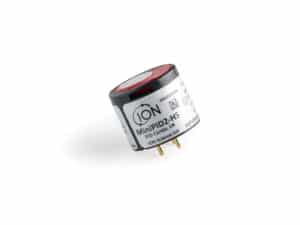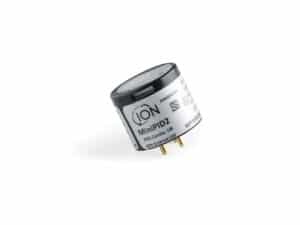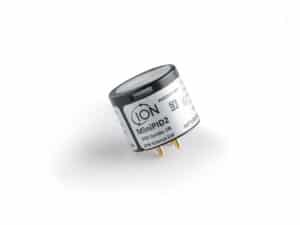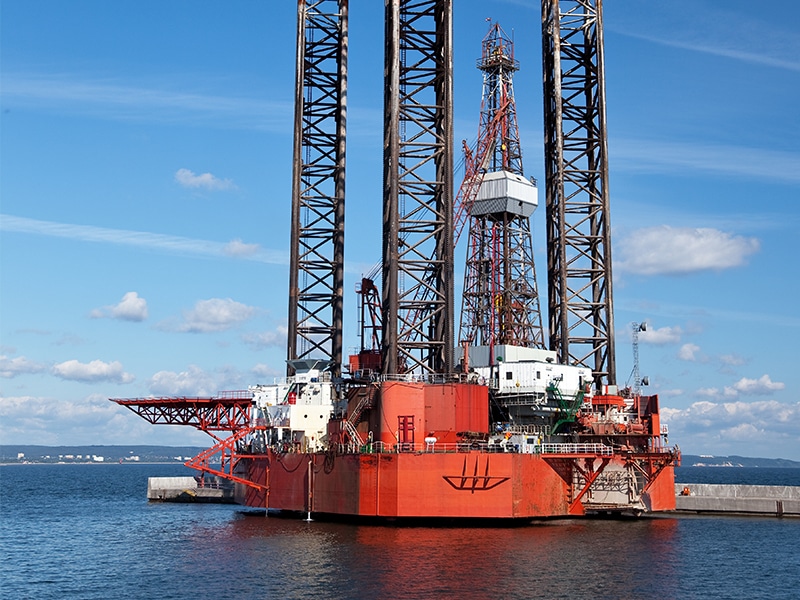
Offshore Gas Monitoring for Health and Safety
28th July 2020
The costs of downtime and any subsequent clean-up due to an incident are unthinkable, and the costs of ill health are growing.
Legislation demands the implementation of a health and safety plan built around extensive monitoring but is somewhat vague on just how frequently this monitoring should be carried out or with what technologies, particularly in relation to chemicals such as benzene and other VOCs. However, for facilities managers looking to raise the standard of protection, modern VOC detectors will automatically detect harmful chemicals before they become a problem.
While detection strategies for combustibles and hydrogen sulphide on offshore oil and gas facilities are well understood and effectively implemented, detection strategies for toxic by-products such as benzene and toluene are less well specified.
The need to maximise availability and to implement the most challenging of drilling plans, while all the time meeting stringent health and safety requirements, places immense pressures on offshore facilities managers. The goal of an effective health and safety plan on offshore oil and gas facilities should be more frequent or even continuous monitoring, offering assurances that zero contamination readings really do mean zero contamination.
Health and safety requirements define exposure limits to the extremely toxic benzene, for example, as no higher than 1ppm over a time-weighted average (TWA) eight hour day, or 5ppm for 15 minutes as a short-term exposure limit. Guidelines give an indication of the areas that should be monitored, but are somewhat vague when it comes to how frequently monitoring should be carried out.
It is believed that many cases of ill health are almost certainly due to inhaling toxic vapours, even if today that is impossible to prove.
However, there is still no doubt that the cost of ill health is becoming very expensive. The problem is that with chemicals such as benzene being so aggressive in the smallest concentrations, having a health and safety plan in place does not necessarily guarantee either health or safety.
The question is one of how best to monitor for these chemicals, and the practical implementation of a health and safety plan is often to perform spot checks. But this provides, at best, only an incomplete picture of any toxic chemicals present, and at worst can provide a completely false picture. The goal of an effective health and safety plan on offshore oil and gas facilities should be more frequent or even continuous monitoring, offering assurances that zero contamination readings really do mean zero contamination.
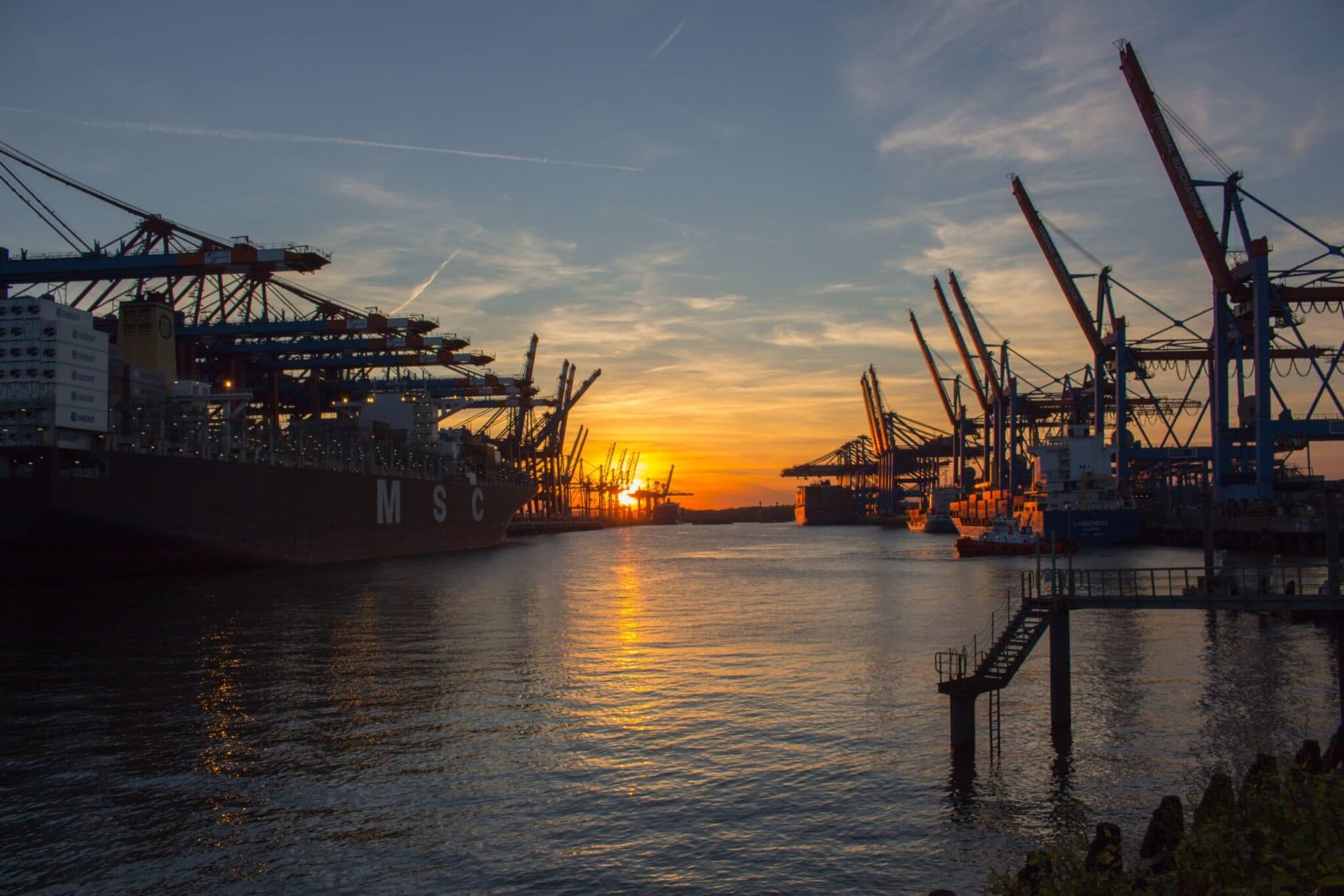
ION Science offers a full range of hand-held and fixed gas monitors, including an ATEX certified fixed continuous total VOC detector.
The TVOC 2 has a selectable detection range of 0-10ppm, 0-100ppm or 0-1000ppm, and incorporates advanced patented Fence Electrode technology for increased resistance to humidity and contamination.
With a 4-20mA analogue output, the TVOC 2 fixed VOC detectors can be simply integrated into a DCS control system to provide warnings of the presence of toxic VOCs. ATEX approvals enable a 3-wire TVOC system to be used in Zone 2 hazardous areas without safety barriers.
In addition, ATEX and IEC Ex approvals allow TVOC 2 to be used in Zone 1 hazardous areas without safety barriers.
The TVOC 2 fixed VOC detectors utilise a diffusive sample technique resulting in fewer contamination issues compared to pumped systems, reducing lamp cleaning and servicing requirements.
Simple to install service and calibrate, TVOC 2 requires no hot work permit and the PID sensor is accessible and changeable in a matter of seconds.
To aid infrequent monitoring of the entire offshore facility, ION Science also offers a host of handheld VOC detectors, including Tiger.
All enable the rapid and accurate detection of VOCs from 1ppb up to 20,000ppm – a range unmatched by other PID gas detectors on the market.
For more information on the ION Science instrument range, please contact us on:
or telephone: +44 (0) 1763 208 503.
Application Article
Everything you need to know about Offshore Gas Monitoring
Our Application Articles are available to download below, they provide you with key information on the exposure limits and the locations of where potentially harmful gases can occur within your application and share information on the gas detection monitoring techniques and equipment that can help you manage gas detection in the workplace.

Related Application Articles
Download your copy of the Application Article
Please complete the form below to download the Application Article.
